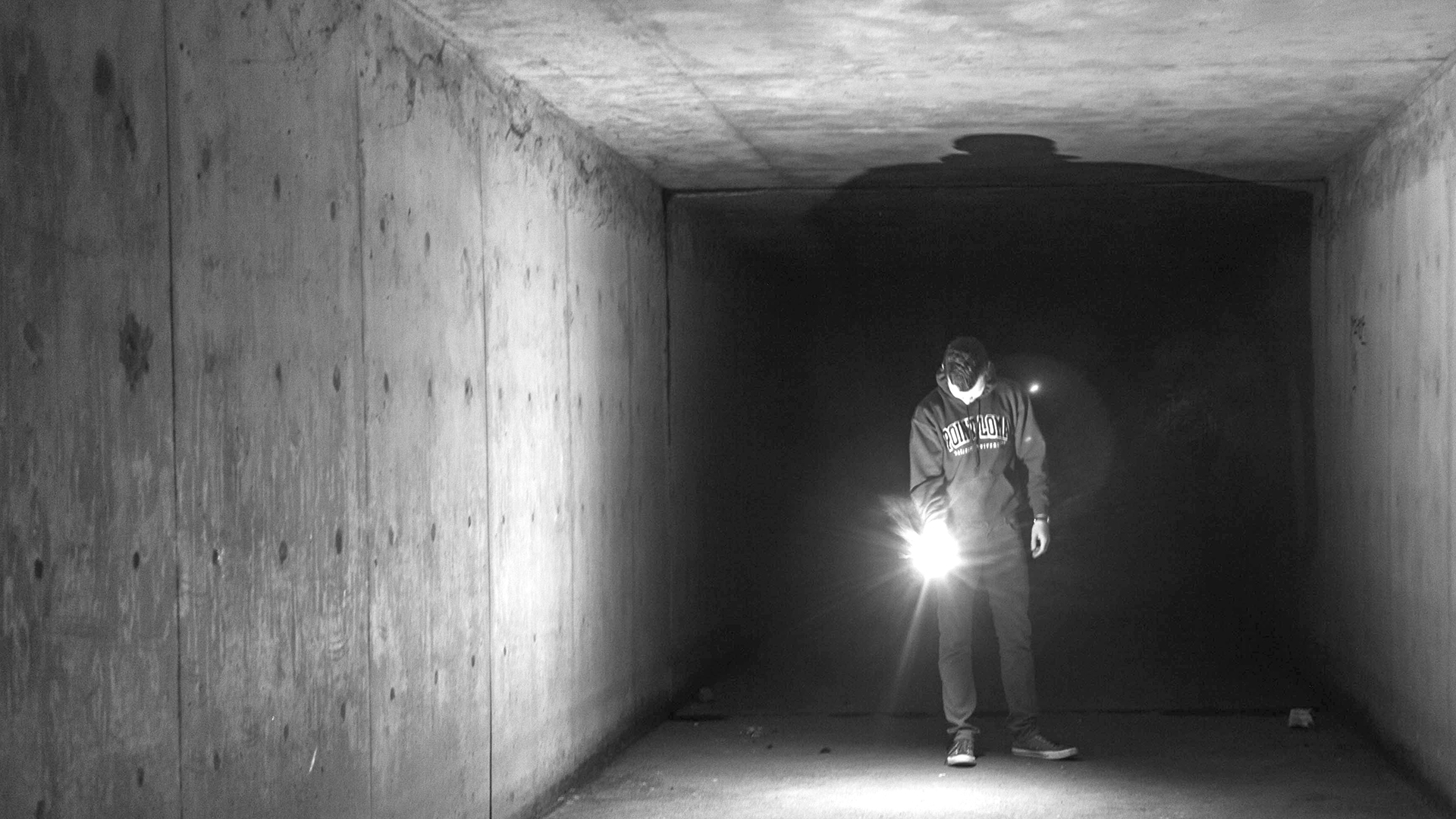Incandescent light bulbs are the legacy that Edison left. More than any other of his inventions, people remember Edison for the light bulb. It was a marvel of his time, and it set the standard for lighting for over a century. We expect that light bulbs will burn brightly for a time and then eventually burn out. They will succumb to the forces that tear them apart every moment they’re in use.
Always On
Our world today is much different than Edison’s world. He and his family could escape to Fort Meyers, Florida, and enjoy the company of the Fords. He had the ability to escape the daily grind of work – though he chose to bring some degree of his work with him. Today, we find that we live in a global, 24/7 world, where being disconnected is not OK.
Our smart phones sit by our bedside each night, lighting up, vibrating, and making noise to alert us to the latest whim or need from our friends and colleagues. We can’t take vacations, because we fear that the world will need us, and we’ll miss something important. We’ve transitioned from a world where it was normal to be out of touch most of the time to one where we expect ourselves and others to be always available.
Sleep and Rest
Sleep is the most present and consistent reminder that our bodies were never designed to be always on. Everyone needs sleep to survive. There are some who will argue they need little sleep – but none who can claim that no sleep is an option. Even for those who try to cram sleep into a tiny, hidden portion of their lives eventually realize the health problems this creates aren’t worth it.
Sleep disturbances, including sustained high levels of stress and anxiety, less melatonin due to the increases in blue light, introduction of caffeine late in the day, and other factors have made it more difficult for people to sleep, and the caustic effects are greater health challenges.
Our bodies are designed to need sleep and, more generally, a chance to rest. Our ability to strengthen ourselves relies on the simple calculus of rest. We overuse our muscles, tearing them down, and they rebuild themselves stronger when we allow them the rest necessary to do their important work.
No Connection Zones
Flipping the switch to the off position for our always-connected world today can be hard – but it’s necessary. Enabling do not disturb settings on the phone to block all but the most important calls during quiet hours is one tool we can use to partially disconnect.
A more powerful but sometimes necessary approach is to literally turn the devices off and be out of touch for a while. Many may cringe at this thought, believing other people need them or they’re too valuable to be disconnected. The reality is that we’re all – every single one of us – replaceable. It may hurt the organization if we’re gone tomorrow. Our children, friends, and family may mourn our absence, but we are not indispensable to life on the planet.
Parents push back that their children might need them, all the while forgetting that there are backup numbers and people in place should they not be available. Business leaders push back that only they can close the deal. That may be true, but, in most cases, the deal doesn’t have to be closed right now.
Creating no-connection zones in our lives is an important part of our health, whether that’s for the night, for a vacation, or for a time. If we’re unwilling to disconnect, cool down, and recharge, we may find ourselves burned out – and no good to anyone any longer.











